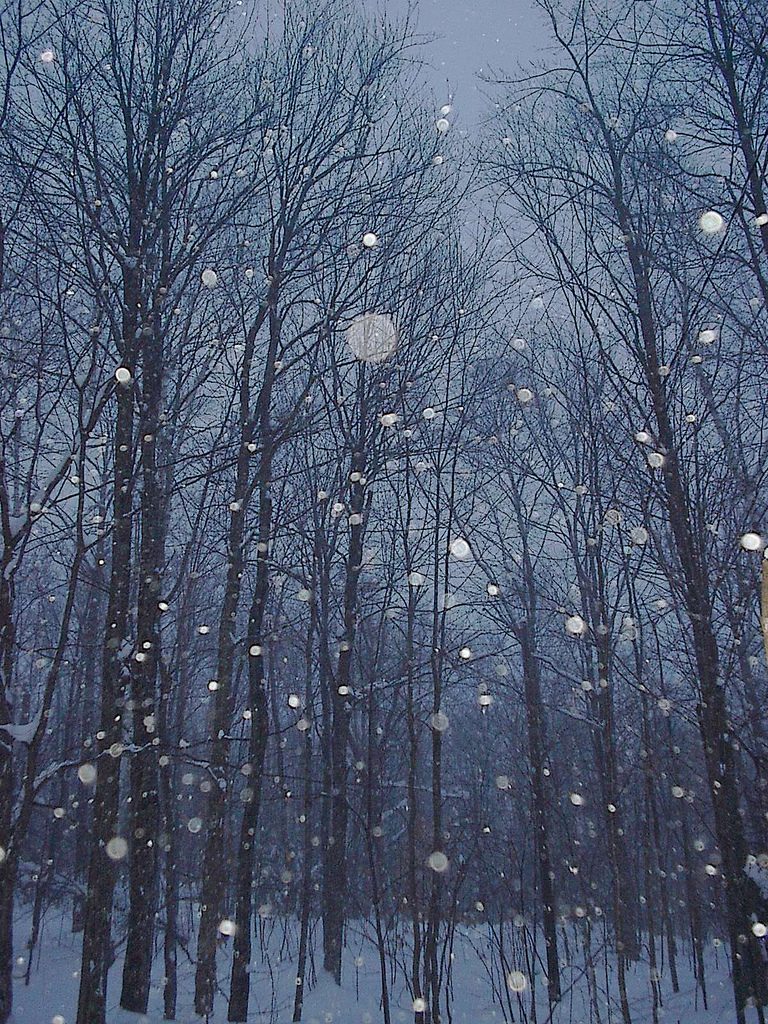Winter Weather in the United States Posted by Gary Locke on Jan 6, 2017 in Culture, English Vocabulary

January is typically the coldest month in the northern hemisphere, and therefore is likely to give us some extreme winter weather. Different areas in the United States experience winter storms which are unique to their regions. Each type of storm also has its own meteorological term. Let’s take a look at the different names of these storms, and the conditions which make them so special.
Alberta Clipper or Canadian Clipper
As the name implies, an Alberta Clipper originates out of the southwestern Canadian province of Alberta. It is a fast moving, low-pressure system. In a low-pressure system, warm air rises, and then cools and condenses to form a weather system which spins counterclockwise. As it spins, cold air is found to the the north and east of the system, with warmer air to the south and west. In January, Alberta Clippers spin through the northern Plains, the Midwest, and the Great Lakes region. Because they are such fast moving storms the snowfall amounts aren’t high, but the winds can be treacherous. And, because of their speed, they can form without much warning.
Big Blows
These storms come out of the Pacific Ocean to affect northwest coastal areas from northern California to Oregon and Washington. They are cyclonic in nature, meaning that they are deep low-pressure systems containing powerful gusts.
Colorado Lows
These storms, which emanate from southwestern Colorado or northeast New Mexico, are responsible for much of the snow that the Midwest receives. They draw moisture from the Gulf of Mexico and travel east and northeast across the Great Plains. Unlike an Alberta Clipper, which forms in a colder environment, the humidity and moisture of a Colorado Low will produce massive snow totals.
Nor’easter
Take it from someone who has lived for years along the heavily populated region of the US northeast, from Washington DC to Boston and beyond: A Nor’easter (or, Northeasterner) is something to be dreaded. The largest snowfall amounts ever recorded along the eastern corridor were all the result of Nor’easters. Commuters can be trapped in their cars even along busy highways, due to the accumulating snow. Nor’easters also can bring massive ice storms and dangerously strong winds.
In fact, it is the winds associated with Nor’easters which give the storm its name. The inward, counter-clockwise push of the winds pulls moisture from the Atlantic Ocean which then collides with the cold polar jet stream along the US and Canadian border. If that jet stream dips down far enough, and the two meet, the conditions are perfect for this type of storm to travel up the northeast coast and last for days. The winds will knock down trees and powerlines, and the snow will produce whiteout conditions, where travelers can’t see even their hands in front of their face!
Panhandle Hook or Texas Hooker
Some of the deadliest blizzards in US history have originated out of the panhandle of northwestern Texas. The Texas panhandle gets its name from the rectangular shape of the area of 26 counties of Texas which border northeastern New Mexico and southwestern Oklahoma. The storms which bear their name are singularly interesting in that their track takes them first in a southeastern direction, then they suddenly hook, or curve north to the Great Lakes. Also, and this is significant, the weather which precedes the arrival of a Panhandle Hook is usually quite pleasant.
Because the storm begins in the warmer climate of the southwest, and the storm circulates counterclockwise, the initial mild air can lead people to falsely believe that conditions are fine. Once the winds shift, and the cold front encounters the moisture of the lakes, rain changes to sleet and then snow. Powerful winds blow up, and suddenly there’s a massive blizzard. Taken off guard, many boaters and fishermen on the Great Lakes have perished as a result.
We have a saying in New England which can apply to any area of the US in winter: If you don’t like the weather, wait a minute. Be cautious, and be prepared.
Photo by Bryan Alexander on Flickr

Build vocabulary, practice pronunciation, and more with Transparent Language Online. Available anytime, anywhere, on any device.



